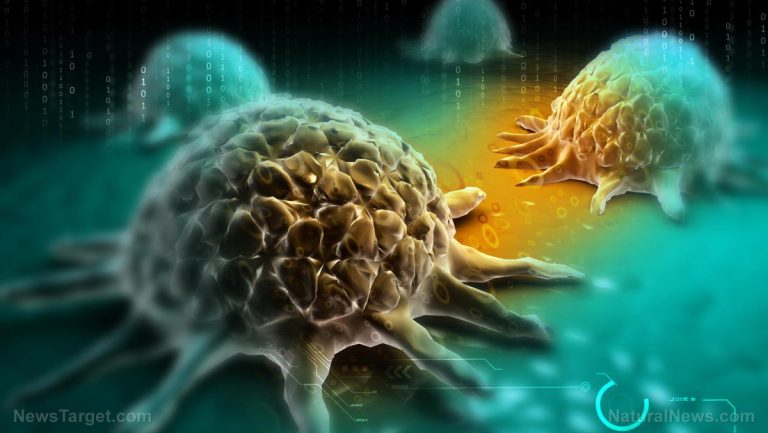
There are plenty of heartbreaking stories about chemotherapy failing, but once in a while, that failure can actually have a happy ending. That’s what happened to 52-year-old Judy Perkins, who found herself a few months from death as breast cancer spread throughout her body.
She had a mastectomy and had her lymph nodes taken out when she was first diagnosed, but a decade later, her cancer had returned with a vengeance in the form of a stage 4 lump. Chemotherapy and hormonal therapy both failed to have an impact, and the cancer spread to her liver and chest. With three months left to live, she says she was grateful for the life she’d enjoyed but wanted to try an experimental treatment for the sake of her family.
The treatment is pioneered by the National Institutes of Health’s Dr. Steven Rosenberg. It involves finding the few immune cells in a patient’s body that can see the genetic mutations in cells that trigger cancer and turning them into “cancer killers”.
After studying Perkins’ immune cells, Dr. Rosenberg found the white blood cells that possess this power. They were then extracted and grown in large quantities in a lab. An incredible 90 billion of them were injected back into her body, along with immune-boosting drugs. It’s a highly personalized treatment that can be thought of as a living drug. As Dr. Rosenberg puts it, “The very mutations that cause cancer turn out to be its Achilles heel.”
Within ten days, Perkins could actually feel the difference. She had one large tumor in her chest that she could touch, and she started to feel it getting softer and smaller. Two and a half years later, Perkins is cancer-free and Dr. Rosenberg believes her cells are still working to keep that cancer at bay.
The power of the elements: Discover Colloidal Silver Mouthwash with quality, natural ingredients like Sangre de Drago sap, black walnut hulls, menthol crystals and more. Zero artificial sweeteners, colors or alcohol. Learn more at the Health Ranger Store and help support this news site.
Treatment isn’t always effective, but it shows lots of promise
If there’s one downside to all this, it’s that it doesn’t work for everyone. When it works, it’s nothing short of miraculous, but it’s only effective in 15 percent of the patients who try it. Two friends with breast cancer who Perkins had sent to Dr. Rosenberg died despite getting the treatment. (Related: Breast cancer prevention alternatives – know your options before leaping.)
The odds aren’t great, but it’s something that could set the stage for a paradigm shift in cancer treatment. Dr. Rosenberg says it’s time for oncologists to acknowledge that cancer is unique to each patient and that their treatments must also be unique to their specific case and body. Essentially, a new drug needs to be developed for every patient.
His findings were published in the journal Nature Medicine and although he admits it’s not ready to be used commercially, it could pave the way for treatments that could help a vast number of cancer patients in the future. Cancer experts who weren’t involved in the experiment consider it a significant advance. Writing in commentary, the Ontario Institute for Cancer Research’s Dr. Laszlo Radvanyi called it “an unprecedented response in such advanced breast cancer” and said we’re on the “cusp on a major revolution.”
Perkins is now thriving. She just wrapped up a 1,200-mile kayaking journey around Florida and went rafting down the Grand Canyon. Not only did the therapy save her life, but she’s got the energy and good health needed to enjoy it. There’s a lot that Dr. Rosenberg and his team can learn from Perkins’ results. If researchers can find a way to improve the treatment’s success rate, countless lives could potentially be saved.
Read more news about medical breakthroughs at Cancer.
Sources for this article include:
NYPost
NBCNews
BBC
